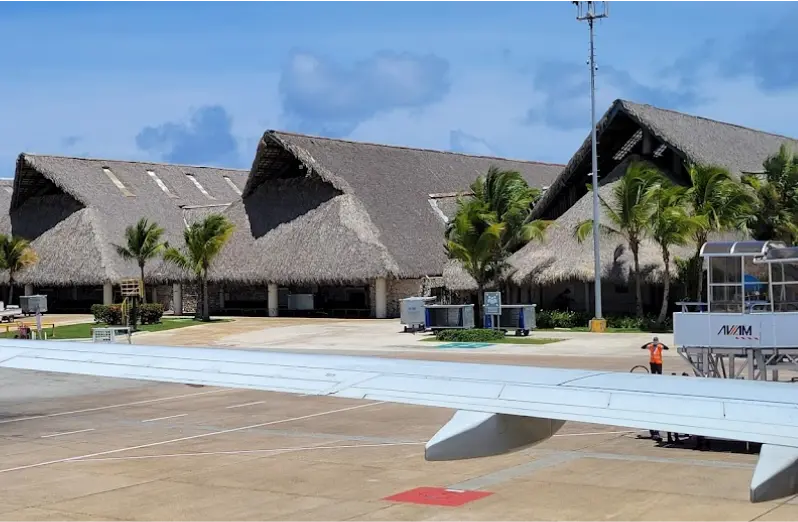The Punta Cana airport is the first private international airport in the world; It is managed by the Eastern Airport Corporation (CAE), a company of the Puntacana Group. In May 2015, it obtained prequalification to work with flights from the United States as if it were a terminal in that country.
It was recently chosen as one of the top three airports in the Latin American and Caribbean region in the Airport Service Quality benchmarking program, based on the Airports Council International (ACI) passenger satisfaction survey.
In the sixties, a group of North American investors bought several pieces of land in the east of the country, in the area known as Yauya or Punta Borrachón. With the leadership and vision of visionary Frank Rainieri, they began to develop a tourist infrastructure and gave the area a more attractive name: Punta Cana.
To support this infrastructure in an area where road access was difficult and lengthy, the construction of an airport was proposed. In 1984, after several years of management, the international airport of Punta Cana began to function.
The architect Oscar Imbert Tessón designed what at that time was an unusual architecture for this typology, combining the tropical and the contemporary. It included organic shapes and materials from traditional Dominican architecture such as wood, coral stone and cana.
Terminal A continues to receive the user as in its beginnings, with a large cana roof as the protagonist. On the second level and at the back of the counter area are the airline offices. A ramp around gardens and low walls lined with coral stone leads to the security checkpoint.
The circulation area of the shopping area has a curved ceiling that matches the design of the pavement that guides the passenger through the stores. Perforated ceiling panels, indirect lighting and mirror-lined columns add modernity and elegance to this collection of stores.
Passengers step off the plane directly onto the tarmac and are brought by buses to the air-conditioned terminal building, where palm trees and a wooden pergola welcome them. The baggage reclaim area is a very pleasant space, naturally ventilated and lit, with high cane ceilings supported by metal structures.
Terminal B has an area of 33,000 square meters organized on two levels. Unlike Terminal A, the external image of the building is dominated by white concrete with large cane flights. In the upper canopy, the column covered with ceramic art by the Dominican artist Thimo Pimentel.
The passenger registration space is similar to that of terminal A, the concrete columns with the same type of crowning, although in this case exposed concrete is used. The design of the ceiling combines serial wood slats with concrete beams, and makes the route more interesting.
In the baggage claim area, the resource of the columns with the green circle is also used – as an abstract representation of the palm trees – and the walls covered with coral stone. The exterior facades of terminal B have large cane roof eaves that give continuity to the tropical image that this mega structure presents since its origin.
To learn more about Punta Cana, follow us at mypuntacanaholidays.com
How to get to Punta Cana Airport: CLICK HERE!

